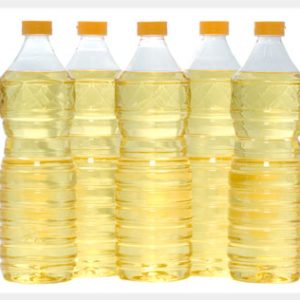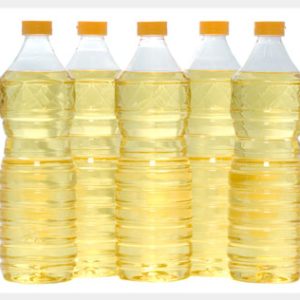No products in the cart.
Oils & Fats
-
Celery seed oil
A crunchy biennial plant, Celery is a herb in the Apiaceae family, which has been cultivated for centuries in various forms. It was primarily cultivated for its medicinal properties; but now it has become the part of daily diet of consumers around the world. All parts of a celery plant are edible and usable including the root, also known as celeriac, crisp stalks, seeds, and feathery green leaves. Its leaves are also used as seasoning in preparing many recipes.
Celery is a biennial plant in the family apiaceae, and is related to dill, carrots, fennel, and parsley. It requires deep, well drained soil with plenty of organic matter and a pH between 6.5 and 7.5. Its leaves are finely divided and light to dark green in colour. The flowers are creamy-white which are 2-3 mm diameter and produced in dense compound umbels. The seeds are broad ovoid to globose, 1.5-2 mm long and wide
-
Castor Oil
Uses of Castor Oil
Food Industry: Food Grade Castor Oil is widely used in the food processing industry. It is used as food additives, lavorings, candy (i.e., chocolate), as a mold inhibitor, and also in packaging. The food stuff industries also use polyoxyethylated castor oil (eg. Cremophor EL) as a vehicle for oral and intravenous administration of water-insoluble compounds
Uses in Medicinal Science: From centuries, castor oil has been widely used as home remedy for many disorders. This unsaturated fatty acid contains ricinoleic acid, a unique subtance with great healing capabilities. Ricinoleic acid inhibits the growth of many viruses, bacteria, yeasts and molds. The most common and most frequent of the medical uses for castor oil are the way it is used for treating constipation. Application of the castor oil is also beneficial in cases of ringworm, keratoses, skin inflammation, abrasions, fungal infections, and acne. One study has found that castor oil decreased pain more than ultrasound gel or vaseline during extracorporeal shock wave application.
-
Canola oil
Canola oil is the preferred oil for use in both countries because it is the oil lowest in saturated fats. Canola meal is the by-product of canola oil processing. It is used as a high-protein feed ingredient in the rations of poultry, swine, cattle and fish.
These food and feed applications are possible through strict procedures used in the processing of canola seed into oil and meal. This document describes the processing methodologies that are used by the canola industry to produce high quality oil and meal products.
The production of edible vegetable oils including canola oil involves two overall processes, mechanical pressing and extraction, and further processing to remove impurities. The techniques used are similar for most vegetable oils produced from the seeds of plants. The crushing and extraction processes utilized by the canola industry today produce very little change to the fatty acid profile of the oil and the nutritional qualities of the meal.




